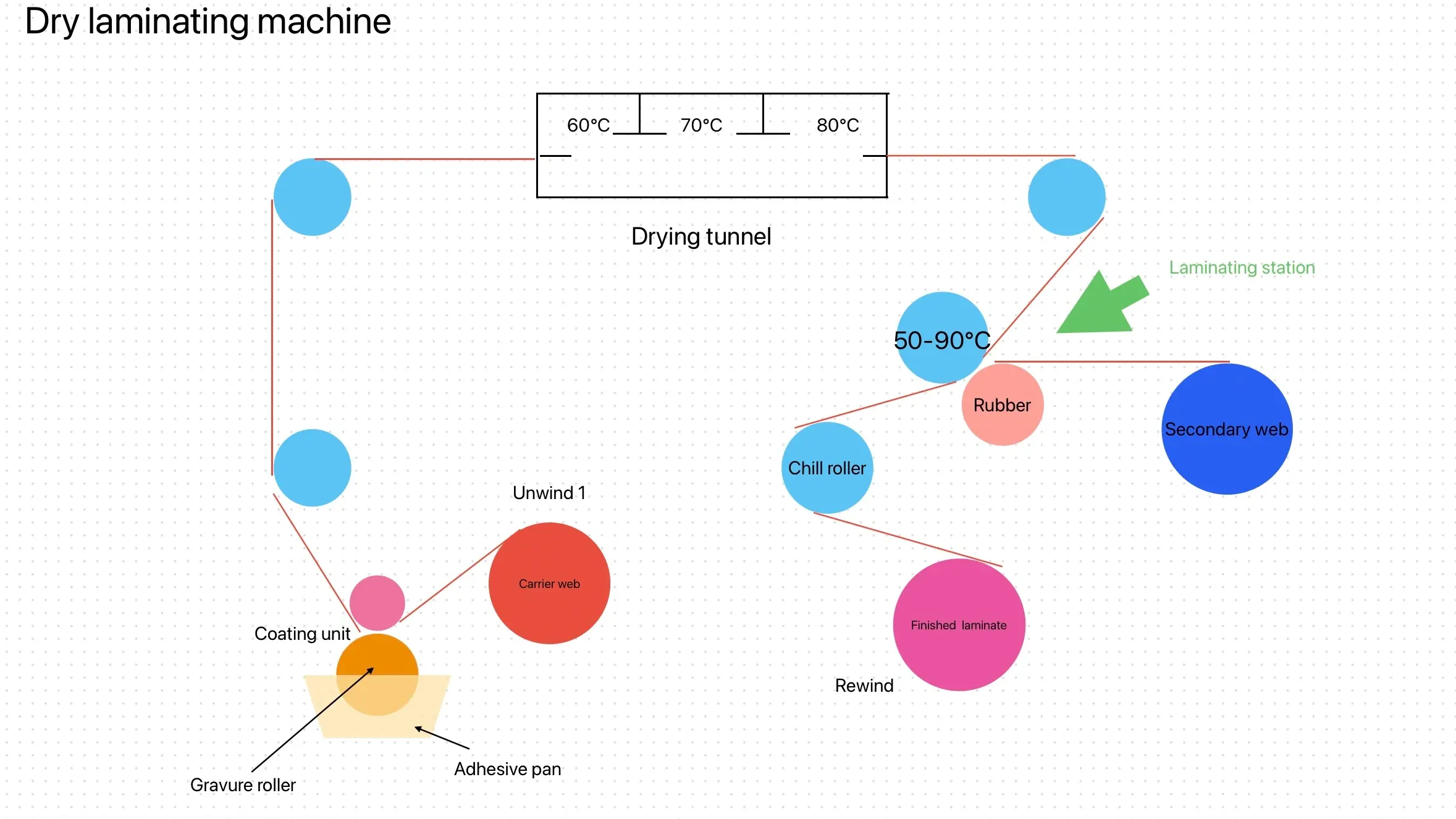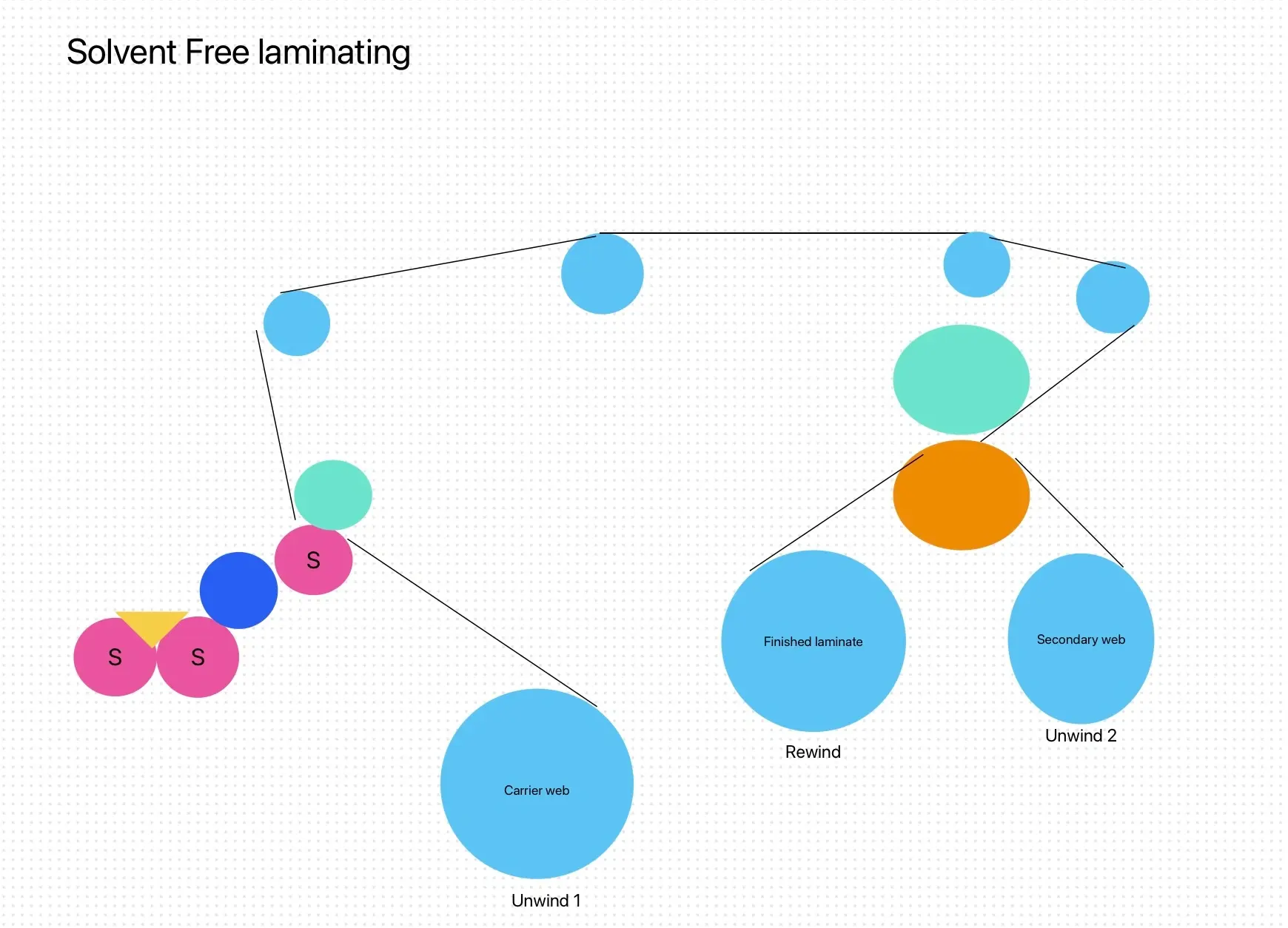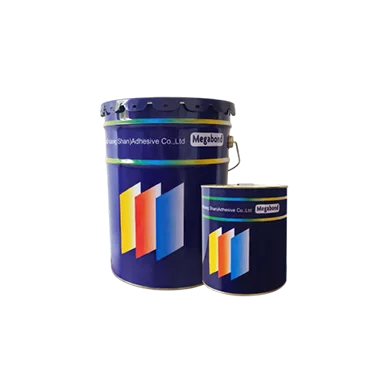Choosing the right lamination adhesive is crucial for ensuring that your packaging is not only visually appealing but also functional and durable. This guide will walk you through the essential factors to consider, providing you with a detailed understanding of lamination adhesives and their applications.
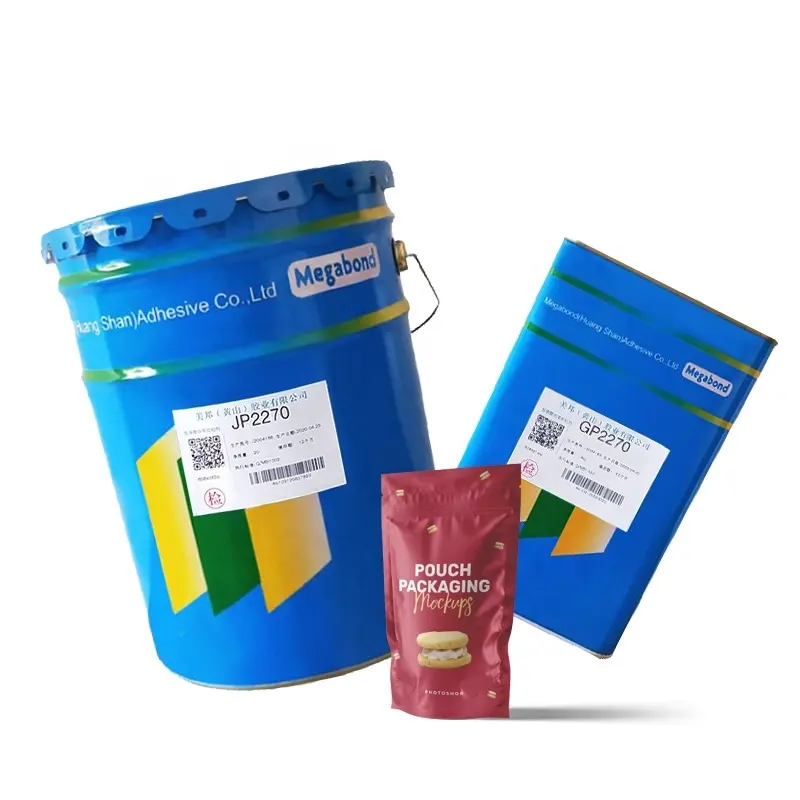
1. Types of Lamination
Understanding the types of lamination is fundamental to making the right choice:
- Cold Lamination:
- How It Works: Utilizes pressure-sensitive adhesives that require no heat. They bond upon contact with the substrate.
- Advantages: Ideal for sensitive materials that can be damaged by heat, such as certain plastics and films. It’s also great for short-run jobs and DIY projects.
- Disadvantages: Generally, cold lamination adhesives might not provide the same level of durability as hot options.
- Hot Lamination:
- How It Works: Employs heat-activated adhesives that bond when heated. This process often involves passing the materials through a heated roller.
- Advantages: Creates a strong, durable bond, making it suitable for high-quality packaging. It’s commonly used in commercial applications where strength is a priority.
- Disadvantages: Requires specialized equipment and is not suitable for heat-sensitive materials.
2. Compatibility with Your Materials
Every material behaves differently, and compatibility is key:
- Surface Energy:
- High surface energy materials (like metals and some treated plastics) tend to bond well, while low surface energy materials (like untreated polyethylene) may require special adhesives or surface treatments.
- Material Characteristics:
- Consider factors like moisture resistance, flexibility, and transparency. Some adhesives might not work well with glossy or textured surfaces.
3. Performance Needs
Think about the specific requirements for your packaging:
- Bond Strength:
- Evaluate how much stress the bond will experience. For products that will be stacked or transported, a high bond strength adhesive is crucial.
- Chemical Resistance:
- If your packaging will come into contact with oils, solvents, or other chemicals, look for adhesives specifically formulated to resist those substances.
- Temperature Resistance:
- For products that will be stored or shipped in extreme temperatures, ensure the adhesive can withstand those conditions without losing integrity.
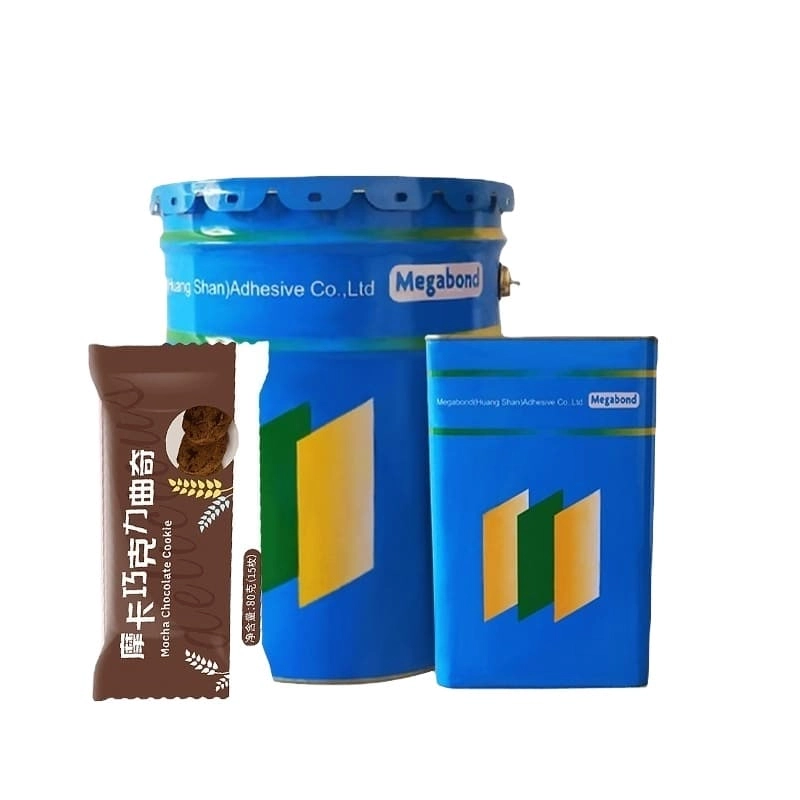
4. Eco-Friendly Options
Sustainability is a growing concern, and there are more eco-friendly adhesives available:
- Water-Based Adhesives:
- These adhesives are lower in volatile organic compounds (VOCs) and are safer for both the environment and human health.
- Biodegradable Adhesives:
- Some adhesives are designed to break down over time, making them a greener choice for packaging.
- Recyclability:
- Ensure that the adhesive does not hinder the recyclability of the packaging materials. Look for those that are compatible with recycling streams.
5. Application Methods
The way you apply the adhesive can influence your choice:
- Roll Coating:
- Common in industrial settings, roll coating requires adhesives that can be applied in thin, even layers.
- Spray or Brush Application:
- Ideal for smaller projects or touch-ups. Ensure the adhesive is suitable for these methods to achieve an even coat.
- Extrusion Coating:
- This method involves applying hot melt adhesives in a continuous process. Choose adhesives that can maintain performance under high heat.
6. Regulatory Compliance
If your packaging is for food or pharmaceuticals, regulatory compliance is non-negotiable:
- Food Safety Standards:
- Ensure that the adhesives meet FDA or EFSA regulations for food contact. This is critical to avoid contamination.
- Safety Data Sheets (SDS):
- Always review the SDS for any adhesive you consider. This document provides vital information on handling, storage, and safety measures.
7. Cost Considerations
When it comes to cost, remember to consider the long-term value:
- Initial vs. Long-Term Costs:
- While it might be tempting to choose a cheaper adhesive, consider its performance. A higher-quality adhesive may reduce the need for repairs or replacements.
- Production Efficiency:
- A good adhesive can streamline your production process, reducing waste and improving turnaround times. Look for adhesives that enhance workflow efficiency.
Conclusion
Choosing the right lamination adhesive involves careful consideration of various factors, including types, compatibility, performance needs, sustainability, application methods, regulatory compliance, and costs. By taking the time to evaluate each of these aspects, you can ensure that your packaging not only looks great but also functions perfectly, meeting all your product’s requirements. Remember, investing in the right adhesive can enhance your brand’s reputation and customer satisfaction. Happy packaging!

